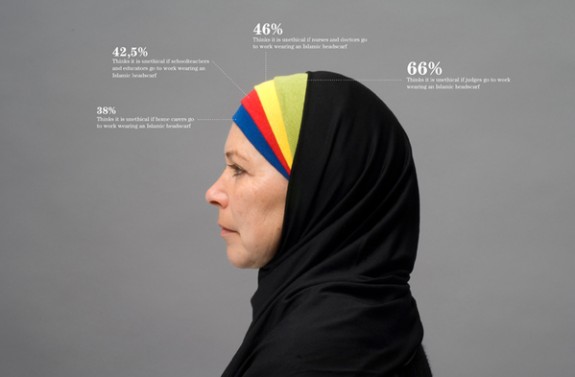Market Research is closely tied to the studies of psychology. The basis of market research is to understand why consumers make the choices they do, and their thought processes/ influences. A psychology theory that fascinates me is the bystander effect. This is the theory that when someone is in distress and there are lots of people around, nobody helps because they think someone else will. Watch the video below and see how this is true, but also the light of hope there is for society to change this theory.
So, how does this connect to marketers and market research? The major lesson that connects to the business world is the power of influencers. People will not normally do something until they see other people doing that action. Those people who do react first are known in the business world as innovators. They are the first to buy and try the newest products then tell their friends about them. Many companies have identified these innovators in their target market and have given them the product for free in hopes that his/her friends will purchase the product. This has been proven to be pretty successful when the innovator is passionate about the product.
While market research and psychology are two different industries, there are so many lessons to be learned from psychology that can help improve a company’s marketing strategy!








